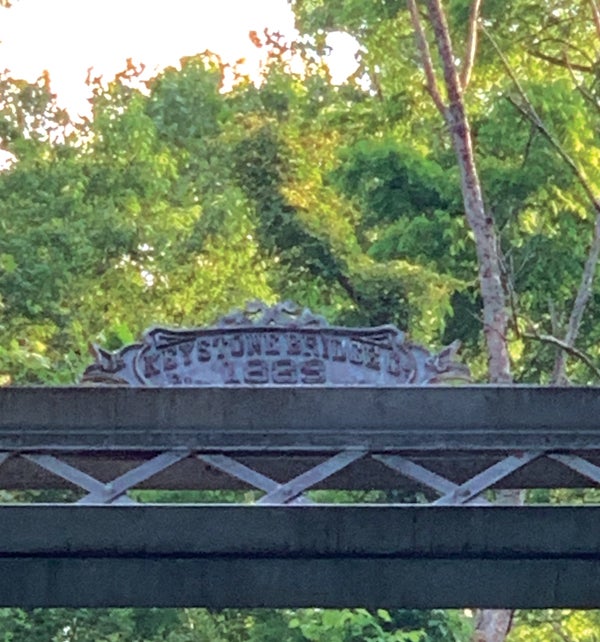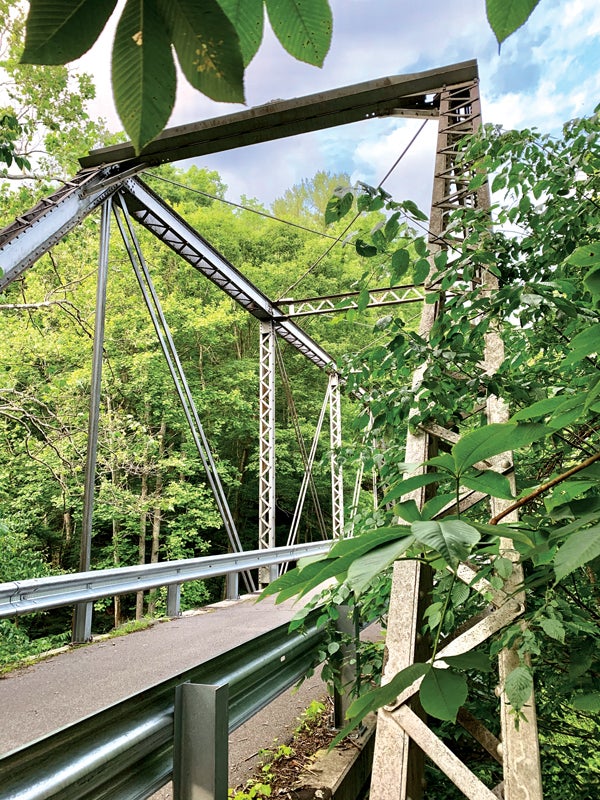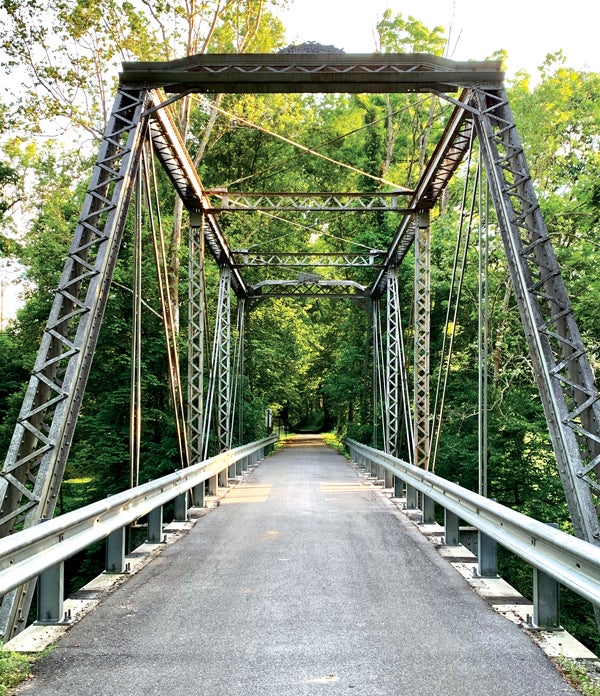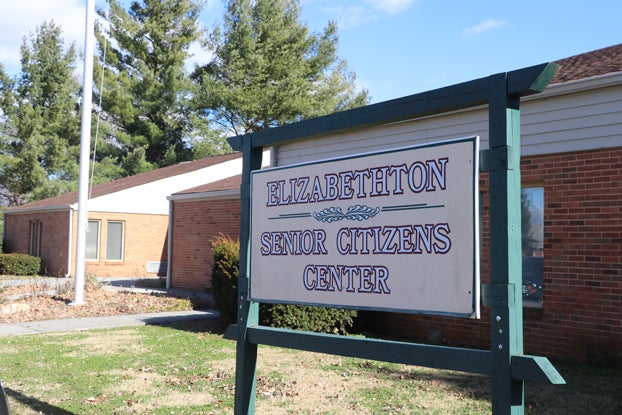Blevins iron truss bridge carries a lot of history
Published 1:47 pm Friday, June 26, 2020
1 of 3
|
Getting your Trinity Audio player ready...
|
By ROZELLA HARDIN
Editorial Director
The Tweetsie Railroad is an important chapter in Carter County’s history. Most of the track has been taken up and the only tangible reminders are some point rails between Hampton and Roan Mountain and an old bridge or two.
One of the more scenic spots along the old railroad is the Blevins Bridge in Roan Mountain.
In the 1860s, the richest vein of magnetic iron ore known to exist in the United States up to that time was discovered in western North Carolina. This discovery resulted in the formation of the Cranberry Iron Works that constructed a railroad, the “Tweetsie” (East Tennessee and Western North Carolina) Railroad, from the mines in North Carolina into East Tennessee where it joined the East Tennessee and Virginia Railroad. The original bridge at this location was a covered Howe truss bridge that the severe “May Tide” 1901 flood damaged. The railroad repaired the bridge after the flood, but by 1909 the bridge needed to be replaced. The railroad then relocated this truss span to the site. Its previous location is unknown, but bridge plaques identify it as having been fabricated by the Keystone Bridge Company in 1869.
When Tweetsie made its last run in October 1950, the rails came up the following year. The right-of-way between Hampton and Roan Mountain was deeded to Carter County which kept it open as an unpaved road. The line through the gorge was about four to five miles, total, and included four tunnels and three bridges. A succession of “shoot ’em up” scenic railroad ventures returned the route to rail use, also three-foot gauge — but they were all defunct by the mid ’70s. Several years ago Doe River Gorge, religious-oriented organization, acquired the right of way and land at Hampton for an adventure and leadership camp for teenagers. And, it has flourished. The owners have rehabbed the railroad and offer occasional rides to the public over nearly 2.5 miles of restored track.
The ET&WNC was known to run double-headers over the Blevins Bridge — albeit with a spacer car between the engines to help distribute the weight.
The first bridge was located over the Doe River south of Hampton. On the other side is Tunnel 4, then another bridge (overhead truss), Tunnel 5, and finally Blevins.
Some research revealed that all of the bridges were built in the early 1880s. Being subject to mountain weather, they were all in need of repairs by 1890 and the bridges were rebuilt in 1891 and 1892.
The Blevins Bridge contains one span, a pinned Pratt through truss 111 feet long and 24.9 feet tall. Top chords and end posts are channels with lacing on the top and bottom. Bottom chords, which lie below the floor beam, are paired rectilinear eye bars. Verticals are channels with lacing, except the hip verticals, which are paired rectilinear eye bars as are the diagonals. The counters are paired rectilinear tie rods. The truss rests on masonry abutments, probably erected in 1882, which have concrete caps, possibly added in 1909.
In 2015 the Carter County Highway Department closed the bridge after an inspection revealed the concrete in the decking of the bridge was crumbling. At that time Carter County Road Supt. Roger Colbaugh said part of the problem with the bridge could be traced back tothe time when it was converted from a railroad bridge to a highway bridge after the ET&WNC quit using the bridge to run the Tweetsie narrow gauge trail to Roan Mountain when flooding destroyed the railroad tracks in the valley.
The highway department repaired the bridge by using precast decking.
The steel bridge at Blevins Creek below the Roan Mountain Prison is one of only two steel bridges in use in Carter County, the other being the Smalling RoadBridge over Watauga River in west Carter County.
The Blevins Bridge, which is eligible for the National Register of Historic Places, is located on one of the most scenic stretches of the historic Tweetsie Trail, and is an important part of Carter County history. The Tweetsie Trail is a reminder of times past when mining iron ore was big business in these parts.
It was just a little mountain trail, but it enjoyed good times when it hauled freight and from time to time was used as an excursion train.







